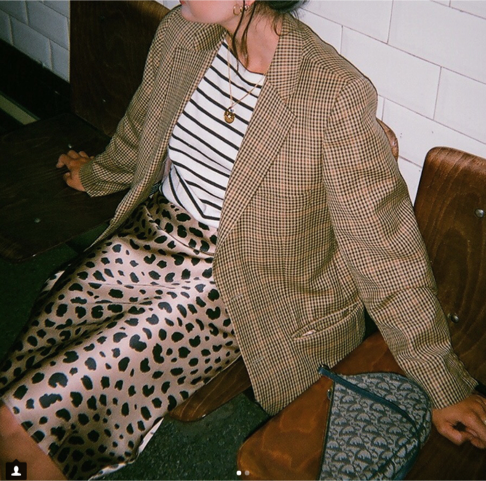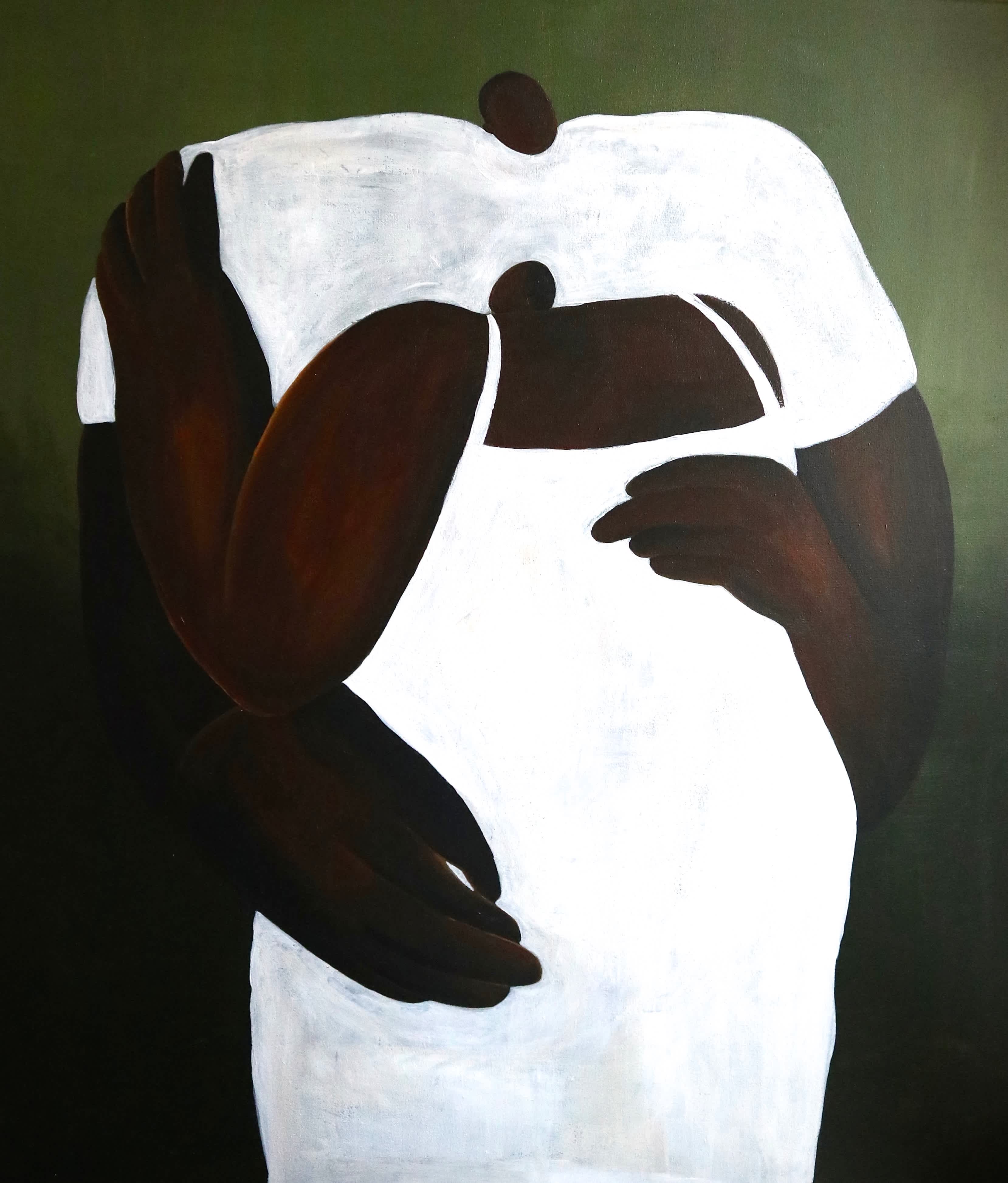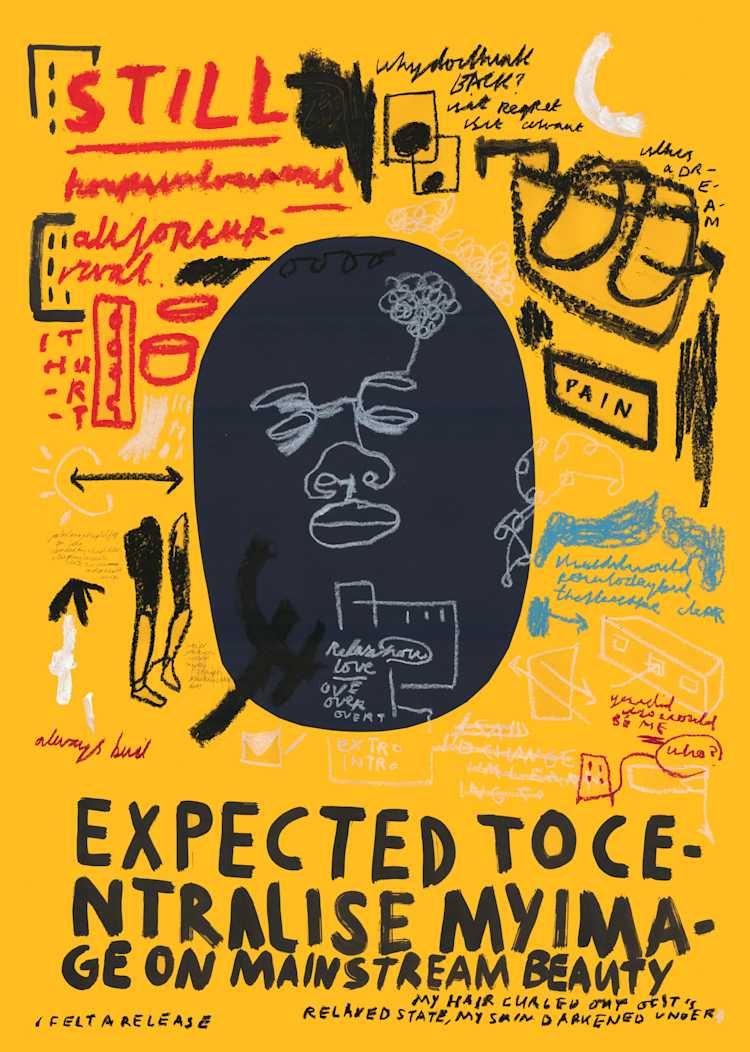
Q: What mediums do you work in?
Joy: At the moment I’ve been using oil bars, pastels, acrylic paint, card, fine liners, etc. I use whatever is accessible to me and that leaves a mark. I’ve been looking to explore outside of what I know which has brought me to experiment with clay, fabric, etc. in the past year through collaborations. I would really like to learn more within digital art and filmmaking. I want to look back at my artistic timeline and see experimentation, variety, and to allow myself to learn and explore so that I can be multidisciplinary.
Q: A lot of your work seems to center around your dual identity. Can you describe the two sides of your identity?
Joy: I guess I never see it as separate as the intersection makes up me. My parents are Congolese, however, I was born here in the UK. I’m often referred to as first generation or of the African diaspora. I am British but made to feel other because of my race. I am Congolese but left feeling other because of where I was born. My upbringing has been of the two; Congolese at home, the food we ate, the traditions we held, the way our home looked, but then growing up ‘British’ outside of that: the language/slang, the way we dressed to match the trends, and the overall environment. As a child I never thought too much about it, but now I recognize why I had this looming sense of displacement at home and also when visiting family in Congo. It feels like I don’t fully belong in either place. I make work that reflects my identity, as a mirror, documenting my existence like a diary, and so my feelings surrounding my identity is second nature within the work that I make.
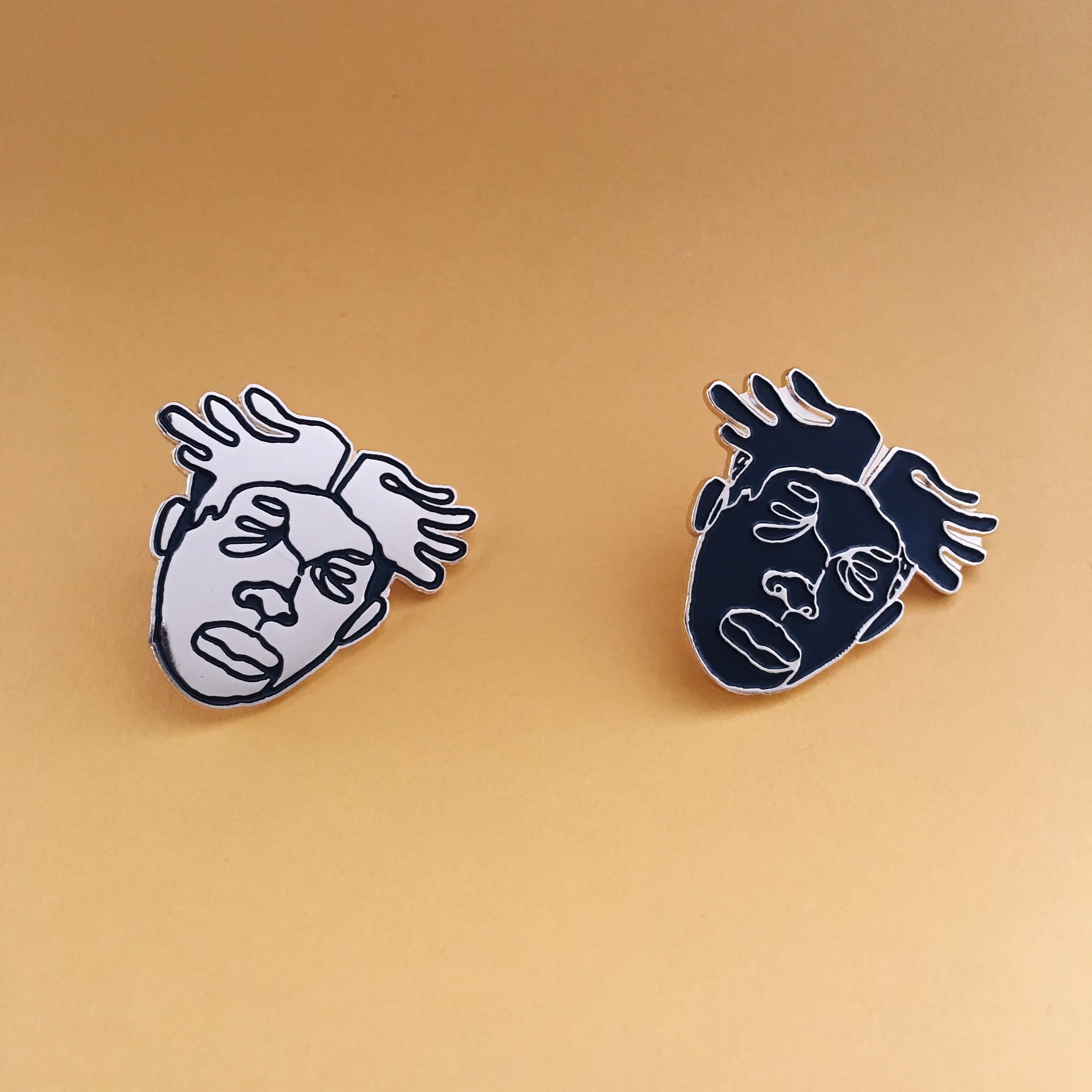
Q: Growing up, in what ways was your identity challenged or questioned?
Joy: In primary school, I was the other. I was teased for my lack of knowledge on traditional British food such as Cottage pies (which I now love) and ‘bangers and mash’ and laughed at for the foods I did eat such as kwanga and pondu. From primary school to university, I’ve regularly had the ‘where are you really from?’ question thrown at me. Its peak was probably university, where a lot of people approached me with racist intentions.
Q: Your work seems deeply personal, intrinsically linked to your own identity, yet with an impact that extends to others as well. Can you talk a little bit about your intentions with your work?
Joy: I like that people can relate or find a connection within my work and hopefully make them feel less isolated or alone in terms of their identity. When I make my work, it is for myself, it isn’t for an audience, so maybe it’s this unfiltered honesty that people can relate with topics of gender, sex, queerness, race, and beauty.
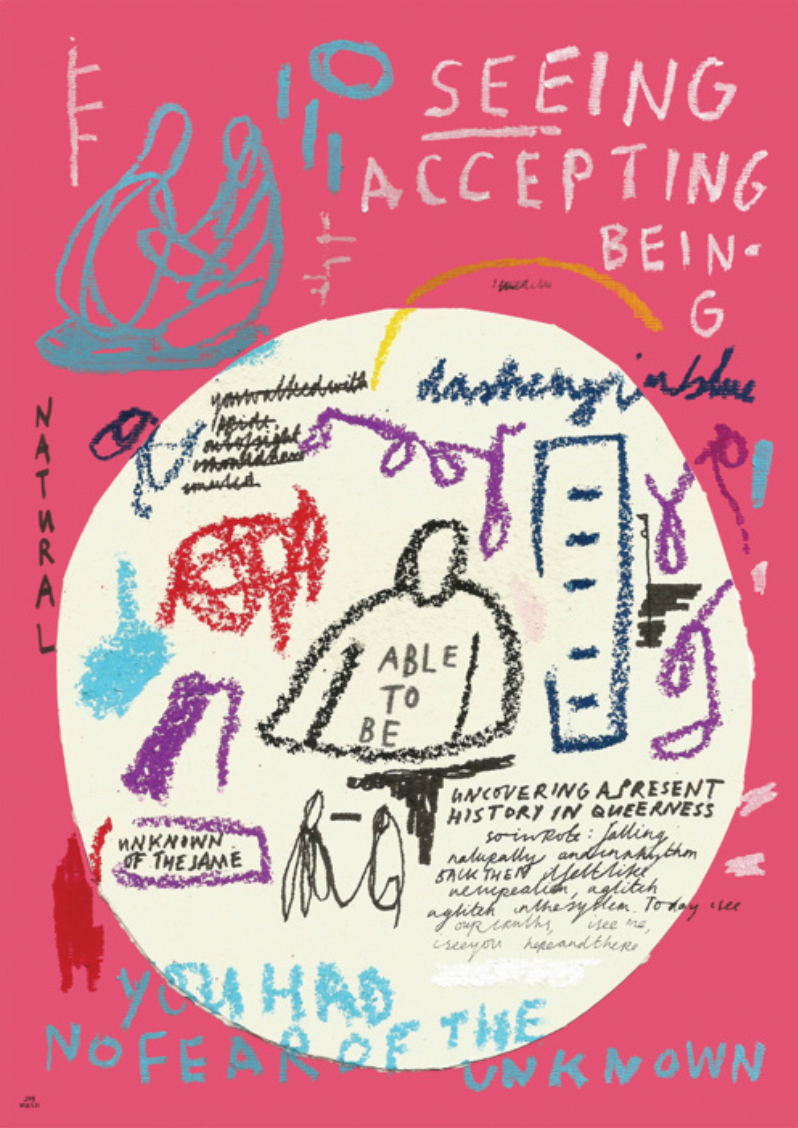
Q: How did your style develop? I described it initially as intriguing and somewhat visceral— it has this really interesting quality of feeling thought out yet unstructured, all at the same time.
Joy: [It developed] through constant experimentation, allowing myself to combine techniques and embracing mistakes. It’s been a natural path I started from making stop-motion animation videos in collage, black and white drawings, portraits, typography pieces, and so on. My work at the moment is a combination of all those techniques, but it isn’t my end point. My work will look different in years to come as long as I accept artistic critique and challenge myself to work with materials or think in a way that is new to me.
Q: How does your use of text allow you to articulate your message further?
Joy: For me, text allows me to be clear, to be unapologetic in my message and translates how I feel clearer than image can at times. I’m learning to see the art in my notes and writing, and I like to keep that in my work without translating into image.
Q: You have a Vimeo that captures you over time creating a piece. I feel like there’s something special about seeing the work in progress, the steps of the piece that maybe can’t be isolated in the final work. How does this documentation extend the depth of the piece?
Joy: We are used to seeing finished pieces in a portfolio, in a gallery, or on a website. I’ve found the process, the documentation of that, to be quite a key moment, and so my videos and my work in progress images are that. It shows the path from A to B, the order, the layering. It completes the final piece by giving it a backstory.
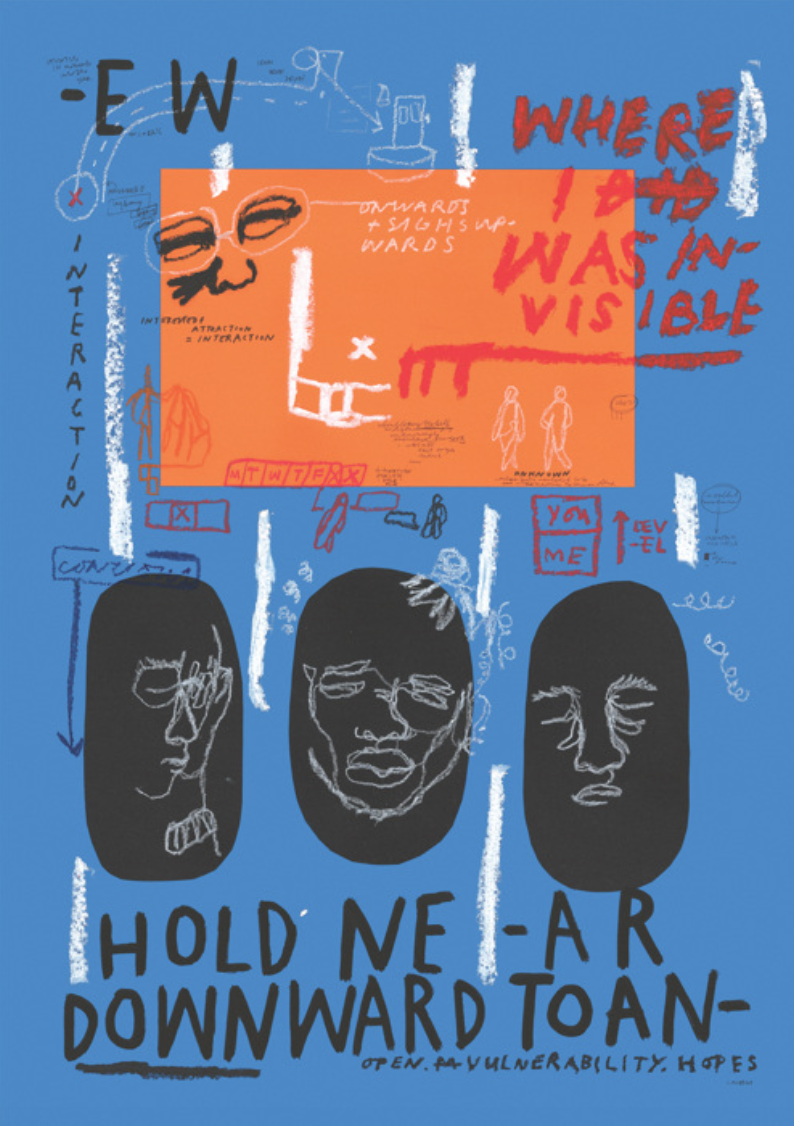
Q: Your work centers around ideas of identity and social beauty standards. How would you define the majority sense of beauty in the UK? What kinds of people does it exclude, and how is your work a commentary or critique of these standards?
Joy: I made a piece called Central/ Centralise which reads “EXPECTED TO CENTRALISE MY IMAGE ON MAINSTREAM BEAUTY…” which describes my relationship with ‘beauty’ standards. Magazine covers, the love interest in movies, and Google search results of beauty— mainstream beauty— fail to reflect women that look like me. I’ve grown up feeling like I am far from what beauty is. I am not white, skinny, nor is my hair straight. My hair coils towards the sun, my nostrils are round and wide, and my skin is black. I am black. Black is depicted as the other. Beauty standards held by media and society have constantly compared me in this lens, and WOC, black women in particular, are often excluded from what is seen as ‘beauty’ (in a mainstream sense). I made the piece Central/ Centralise after my trip to Congo where I felt a pressure to change my hair from its natural state and where there was an overwhelming amount of adverts marketing skin lightening products. I comment on what is real, what is happening right now, and how I feel in this space, in society. As I am learning to reject these standards, this unlearning is being documented through my artwork for self-reflection.
Q: Can you speak a little bit about the “We Are Here” project that you were a part of and what the mission of this is?
Joy: “We Are Here” started out as an idea by illustrator Erin Aniker (@erinaniker). We bumped into each other at another exhibition and started talking about the EU referendum. Erin told me about this project she wanted to push, and I was interested so we met up a few times and started developing the project. We paired up with artist Jess Nash (@jess__nash) and curator Ellen Morrison (@ellen_morrison) to bring the project to life. “We Are Here” is about highlighting the voices of BAME British Women in the current political context. It had felt like the referendum had increased the already present hate targeted at minority groups, from newspapers encouraging fear to racist comments on the street, people used the EU referendum to justify their racism. We created an exhibition, with discussions and workshops, as part of the program showcasing amazing work by BAME Brit women artists. “We Are Here” is about us, it is about community, it is to show that we are valid, we are British, and that we are here.
Q: Are there other artists or people who inspire your work, how so?
Joy: At the moment, I’m really inspired by the works by Hamed Maiye, Ben Biayenda, and Nwaka Okparaeke. The strength and stories within their images make me want to write narratives to the scenes they’ve created. I’m also continuously inspired by literature and works by Audre Lorde and Alice Walker. They’ve encouraged me to write and explore poetry within my own work. Finally, Basquiat’s unapologetic and expressive style holds an influence in my collage work, but my primary influences for my work as a whole are black women writers.
